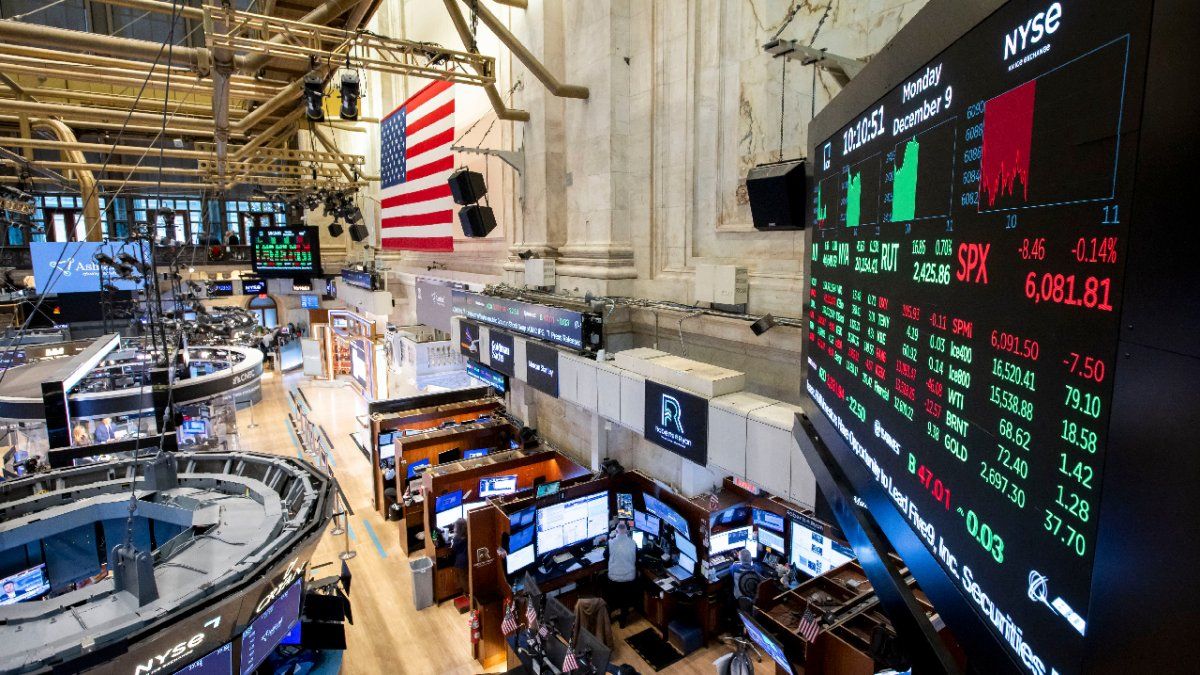Climate change can be expensive – also for the financial sector. The ECB Banking Supervision calls on financial institutions to make more efforts to identify possible risks.
According to ECB supervisors, the big banks in the euro area are not adequately prepared for climate risks worth billions and urgently need to make improvements. The first climate stress test by the European Central Bank (ECB) showed that financial institutions are not yet sufficiently incorporating the financial and economic effects of climate change into their stress test frameworks and internal models. According to the calculations, banks are at risk of losses of at least 70 billion euros as a result of an increase in natural catastrophes and profound changes in many sectors as part of the transition to a greener economy.
“Euro-area banks urgently need to step up their efforts to measure and manage climate risk,” warned ECB Banking Supervisor Andrea Enria when presenting summary stress test results on Friday. 65 percent of the 104 banks examined performed poorly and, according to the supervisors, had “significant limitations in their stress testing capabilities”. However, banks could not fail the test, which was declared a “learning exercise”. The results also have no direct impact on the capital requirements.
The sum of 70 billion environmental credit and market losses refers to the 41 larger banks, which also had to calculate the most negative scenarios. The supervisors warned that it reflects “only a fraction” of the actual climate-related risk for the industry. The Deputy Head of ECB Banking Supervision, Frank Elderson, emphasized in Frankfurt: “We expect banks to act decisively and develop robust climate stress tests in the short to medium term.”
Various scenarios modeled
For example, the test modeled that extreme heat or severe flooding would hit Europe for a year from January 1, 2022. A sudden increase in the price of emissions of climate-damaging carbon dioxide (CO2) in the years 2022 to 2024 by around 100 dollars per ton has been assumed to be a short-term risk for the transition to a greener economy.
The aim was to determine how such scenarios affect real estate financing, for example. Or how great the risk is that the green transformation of the economy will cause problems for corporate customers and this will lead to losses for banks. Depending on how quickly politicians initiate measures to slow down global warming, such risks will have a greater or lesser impact. This was modeled in the actual stress test in three scenarios over a 30-year period.
“The results published today show that the banks involved do not have to expect any significant losses from the scenarios assumed in the stress test,” summarized the general manager of the Association of German Banks (BdB), Christian Ossig, on behalf of the German banking industry (DK). At the same time, the five associations organized in the DK declared: For banks and supervisors, it remains “a constant challenge to further develop methods and processes in order to control risks from climate change”.
Climate risks often not considered
Supervisors acknowledged that since 2020, banks have made “some progress” in addressing climate change risks in their business processes. However, around 60 percent of the institutions now under scrutiny did not yet have a stress testing framework to model the climate risk for their business. Only 20 percent take climate risks into account when granting loans.
Another finding of the climate stress test: Almost two-thirds (65.2 percent) of banks’ earnings from business with non-financial corporate customers come from sectors that produce a lot of greenhouse gases. For example, these can be companies whose production is dependent on fossil fuels such as oil and natural gas.
Greenpeace described the results of the test as “terrifying”: “Many banks continue to underestimate the risks posed by the climate crisis.” By failing to prepare for climate risks, banks endangered financial stability and actively undercut climate targets.
The supervisors stated that it was important for institutions to get “more precise data and insights into their customers’ conversion plans”. “This is a prerequisite for banks to be able to assess and manage their exposure to climate risks in the future.” The test should identify exactly such vulnerabilities.
Good exercise
“The ECB climate stress test is good practice for the banking sector,” said Commerzbank’s risk director, Marcus Chromik, to the dpa and dpa-AFX news agencies. “Ultimately, however, the CO2 reduction of the customer portfolio is decisive.” The test will accelerate issues such as data availability and risk methodology. “But one thing has also become clear: everyone involved, i.e. supervisors, banks and companies, still have a long way to go,” said Chromik.
Karolin Kirschenmann, researcher at the Mannheim ZEW, commented: “Banks can play an important role in financing the necessary investments for the transformation of the economy.” However, the financial sector cannot “step in as a substitute for a missing or underambitious climate policy”.
The ECB has been directly monitoring the largest banks in the euro area since November 2014. There are currently 111 institutions that represent almost 82 percent of the banking market in the currency area of the 19 countries. From Germany, these include: Deutsche Bank and Commerzbank, the central cooperative institute DZ Bank, the savings bank securities house Dekabank, the real estate financier Aareal Bank, the Hamburger Sparkasse (Haspa) as Germany’s largest savings bank and the state banks BayernLB, LBBW and Helaba.
Source: Stern
Jane Stock is a technology author, who has written for 24 Hours World. She writes about the latest in technology news and trends, and is always on the lookout for new and innovative ways to improve his audience’s experience.




